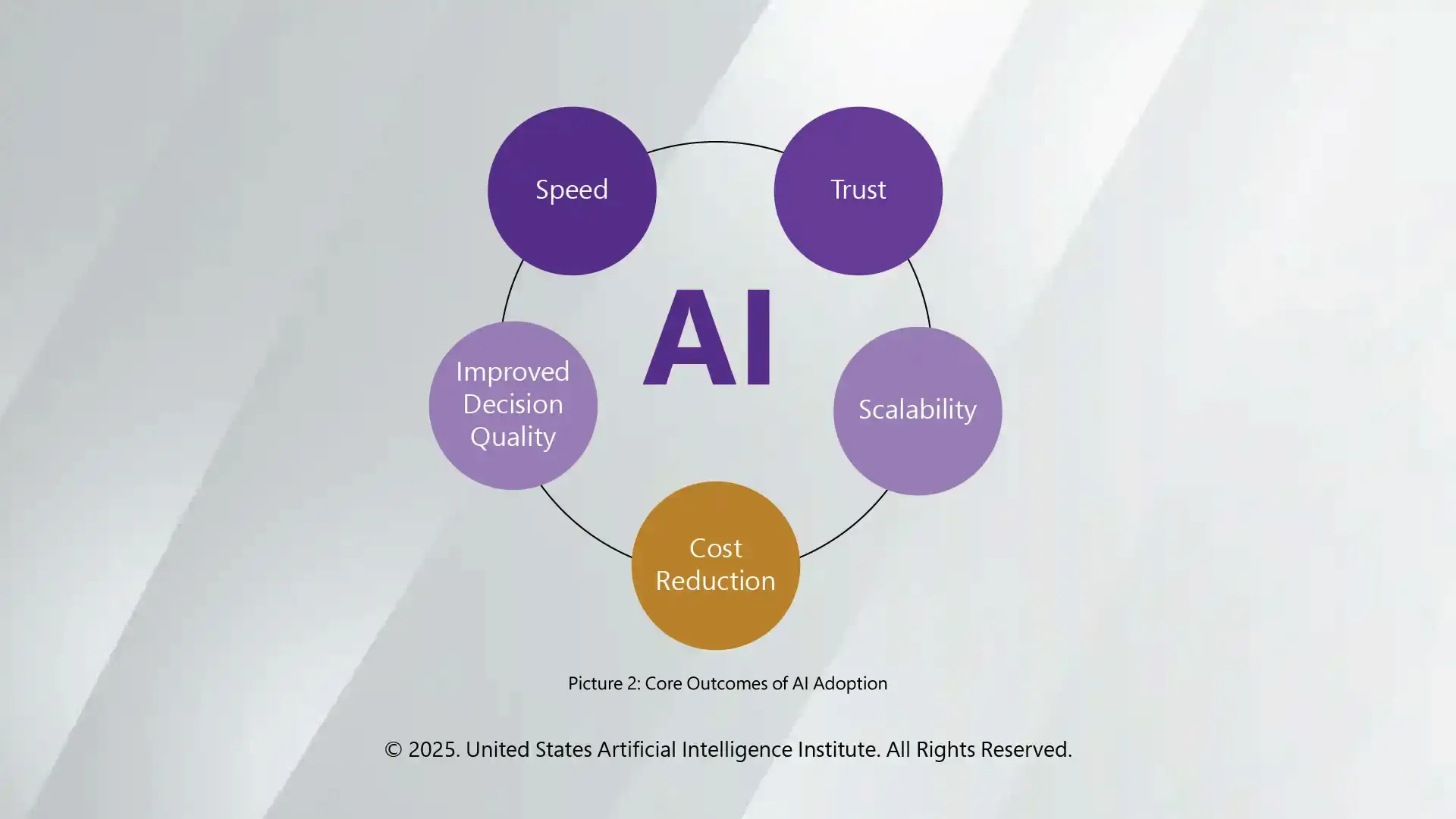
Machine learning and analytics tools are becoming more accessible. But in practice, having them doesn’t always result in real business value—especially when AI is implemented formally but not embraced organizationally. The real goal is to integrate AI into actual decision-making—not just to check a box. Beyond technology, it’s the everyday work and habits of teams that make the difference.
When AI Is There, but the Value Isn’t
In one real-world case, a company decided to implement AI. Everything seemed to be going according to plan: they collected relevant data, set up pipelines, and deployed a machine learning model. Reports were generated automatically, dashboards refreshed daily, and alerts were pushed to Slack.
A month passed, then two, then three. But nothing changed in the business. Key metrics remained static, and ROI was far from projected. The data existed, but there was no benefit.
AI had been implemented—but no one used it to make decisions. All the links sat bookmarked. In reality, decisions were still made based on experience and intuition. For weeks, the system stayed in place, mostly ignored. The dashboards were opened rarely, and nothing meaningful changed. Until one day, something shifted.
When the Dashboard Finally Spoke
During a routine meeting, someone opened a dashboard—maybe after seeing an alert, or just out of habit. But instead of the usual table, they saw an answer. What they saw wasn’t just data—it was a clear direction for action.

The decision became obvious. Not because someone persuaded others, but because the system highlighted the problem and showed how to interpret it. Instead of “let’s try this”, it became “we’ll do this—and here’s why”.
From there, it got easier. One useful case led to another. Gradually, this became part of the workflow. Managers began using dashboards not on demand, but because they found real value in them.
AI stopped being perceived as a separate technology and became part of the everyday toolkit—just like spreadsheets or calculators.
What Made the Difference
It wasn’t the dashboards or alerts. Those had existed for months. What changed was usage. Once someone engaged with the system in a real context—and others saw that it helped—the entire perception began to shift.
Behind that shift was something deeper: the infrastructure was already there. The pipelines were reliable. The data was clean. The model was sound. The real challenge had never been technology—it was behavior.
The moment data started guiding actual decisions, the environment responded. Teams began speaking the same data language. Some specialists started monitoring the system closely. Conversations changed. The system didn’t change. But people did. And that made all the difference.

It Is Only the Beginning
We often treat AI implementation like a scoped milestone. But that’s where the real work begins. Once a system goes live, it’s no longer about building—it’s about using, refining, and trusting it under real conditions.
That includes asking hard questions: Are we still feeding it the right data? Are the predictions useful, or just accurate? Has the business moved faster than the model?
Sometimes everything aligns. Other times, the model lags behind, or the inputs shift. That doesn’t mean the system is broken—it means the context changed.
When AI is integrated into real processes, the work becomes continuous. Monitoring for change. Reassessing assumptions. Making sure the system still helps with the decisions that matter. Over time, this kind of engagement starts to reshape how teams think.
It’s no longer just about getting answers—it’s about improving the way we ask questions. First, it’s about metrics. Then about behavior. Eventually, it’s about how an organization learns.
The future of AI isn’t just about making models more accurate. It’s about learning to discuss their outputs and make decisions together. It’s not about speeding things up at any cost, but about relying on facts rather than intuition. And that kind of future takes shape gradually—with every new question.
Follow us: